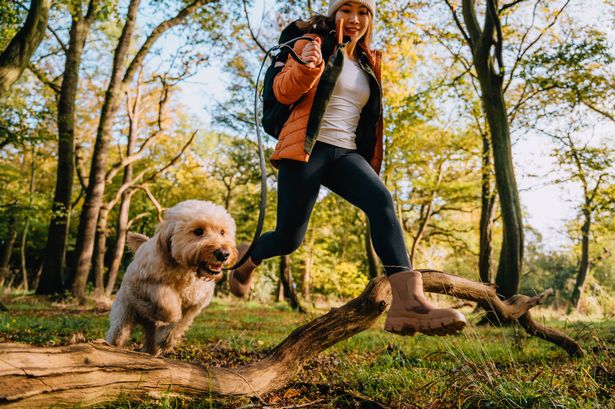
A veterinary expert is urging pet owners to remain vigilant as temperatures rise this summer, warning of the dangers of heatstroke in animals. Dr Suzanne Moyes from Burgess Pet Care has highlighted key signs and preventive measures to protect pets from heat-related illnesses.
With temperatures climbing, many pets face the risk of heatstroke, a condition that can become severe at temperatures above 25 degrees Celsius and significantly more dangerous at 30 degrees or higher. Dr Moyes advises pet owners to watch for symptoms such as increased panting, excessive drooling, darkened gums, agitation, staggering, vomiting, or diarrhea, and to seek immediate veterinary care if these signs are observed.
Pets Most at Risk
Dr Moyes emphasizes that certain pets are more susceptible to heatstroke, including older, younger, and overweight animals, as well as those with thick, heavy coats. Specific breeds like pugs and bulldogs, alongside pets with underlying health conditions or on particular medications, are also at heightened risk.
Smaller animals, such as rabbits, guinea pigs, and hamsters, are particularly vulnerable, especially when housed in outdoor enclosures or conservatories. “Small animals are extremely sensitive to high temperatures,” Dr Moyes notes, “and they require additional support from their owners to stay cool.”
Preventive Measures for Pet Owners
Positioning and Environment
Dr Moyes advises against placing pet bedding in conservatories, which often lack adequate air circulation and can become dangerously hot. For indoor pets like cats and dogs, she recommends setting up their space in cooler rooms, ideally on lower floors, and keeping curtains and blinds closed during the day to block out heat.
For outdoor pets, enclosures should be kept out of direct sunlight and away from garages, sheds, or sunny windowsills. Ensuring good airflow with open windows or fans, without directly blowing on the pets, is also crucial.
Dietary Adjustments
Adjusting pets’ diets can help regulate their body temperature. Dr Moyes suggests incorporating water-rich vegetables, such as cucumber, and adding ice cubes to water bowls. For dogs, freezing a toy lined with meat or fish paste can provide a cooling treat. However, she cautions that dietary changes should be made gradually to prevent digestive issues.
Cooling Techniques
In cases of heatstroke, it is essential to lower the pet’s body temperature gradually. Moving them to a shaded area and using wet towels can help. For cats, rabbits, and guinea pigs, gently stroking their fur with a cool, damp flannel can provide relief as the water evaporates.
“Never place any animal in water or apply ice directly, as this can lead to shock,” Dr Moyes warns.
Grooming and Bedding
Regular grooming is vital during the summer months, especially for long-haired animals. Dr Moyes suggests daily brushing and considering a summer trim if a heatwave persists. Bedding should be adapted for warmer weather by removing thick blankets and using lighter materials like shredded paper.
Looking Ahead
As climate patterns continue to evolve, pet owners must remain informed and proactive in safeguarding their pets’ well-being during hot weather. The advice from experts like Dr Moyes serves as a crucial reminder of the responsibilities that come with pet ownership, particularly in extreme weather conditions.
With proper precautions and awareness, pet owners can ensure their furry companions remain safe and healthy throughout the summer months.







